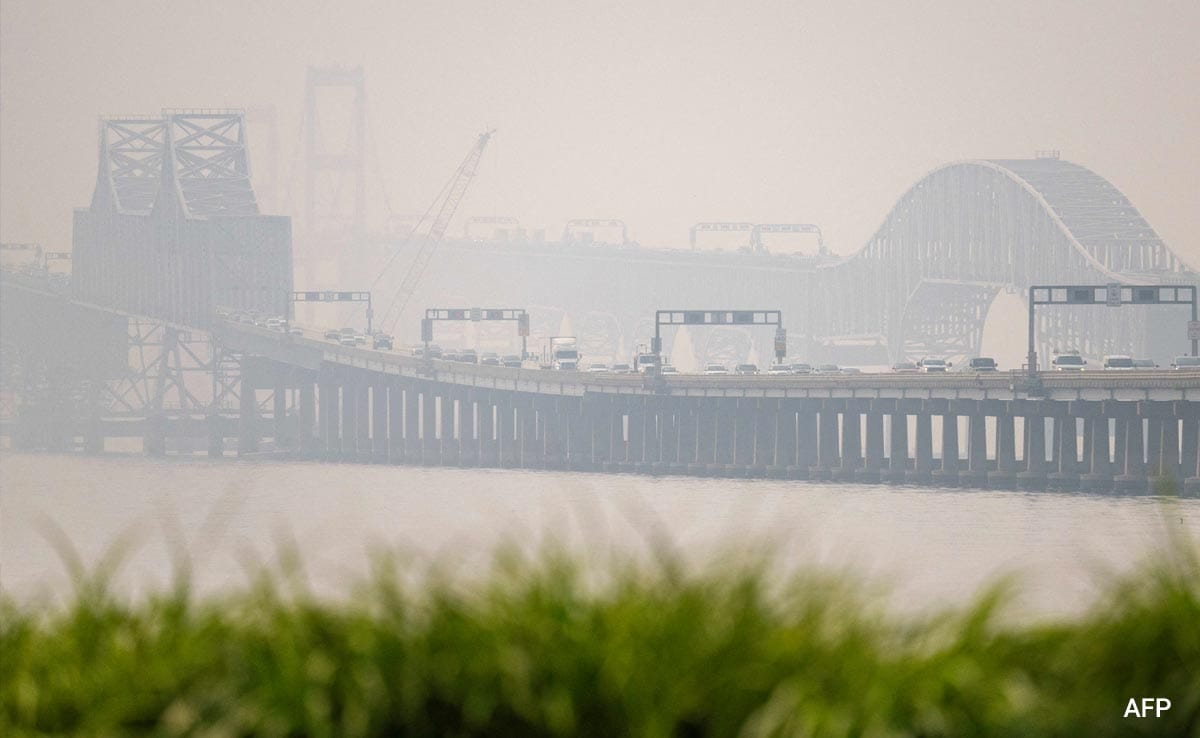Canadian wildfires have caused unprecedented wildfire season, with over eight million hectares of forests and grasslands burned across the country, breaking an annual record of 7.3 million hectares set in 1989. The fires have also caused a large fuel load in Canada's boreal forest, with smoldering humus fires producing a lot of smoke, resulting in higher carbon monoxide emissions. The boreal forest releases 10 to 20 times more carbon per unit of area burned than other ecosystems, causing climate consequences.
Wildfire smoke is more toxic than other types of smoke and can be more dangerous to human health than other sources of air pollution. The particles are fine and can travel deep into the respiratory tract. It is composed of ozone, sulphur dioxide, nitrogen dioxide, carbon monoxide, volatile organic compounds, and PM2.5 fine particles. The Canadian government has warned that the particles can get all the way down into the lungs and then cross over into the bloodstream, leading to inflammation. They also can have direct consequences on mental health, mood, and anxiety.
Wildfire smoke particles contain a higher proportion of carbon-based pollutants in various chemical forms that may be spread hundreds of kilometers from the fires themselves. This smoke can lead to acute or chronic health effects on wildlife, just like in humans. The smoke can affect gas exchange in the blood and lower the lung capacity of animals, causing them to rest more or reduce their activity. Even marine mammals such as whales and dolphins can be affected by the smoke when they come up to breathe.













0 Comments